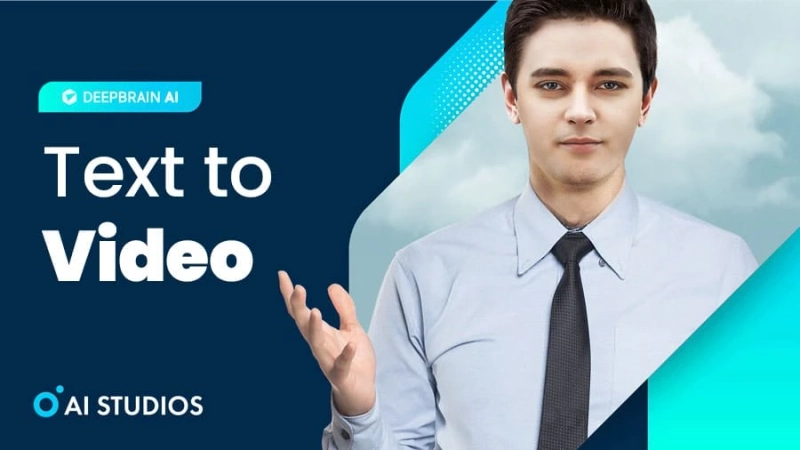In the ever-evolving landscape of technology, innovations continue to reshape the way we interact with content. One such remarkable advancement is the concept of "Text to Video," a revolutionary tool that seamlessly transforms written text into engaging visual narratives. This fusion of language and imagery has opened up exciting possibilities across various industries, from marketing to education and beyond.
Understanding Text to Video Technology
Text to Video technology is a cutting-edge solution that bridges the gap between textual information and captivating video content. It employs a combination of natural language processing (NLP), artificial intelligence (AI), and video creation techniques to convert written content into compelling videos. By analyzing the provided text, the technology identifies key concepts, emotions, and contextual cues to craft visually appealing sequences.
The Process Unveiled
Text Analysis: The process begins with a thorough analysis of the input text. NLP algorithms dissect the text to comprehend its essence, extracting core ideas, sentiments, and tone.
Storyboard Creation: Once the text is deconstructed, the technology maps it into a coherent storyboard. Each section of the text is translated into scenes or visual components that complement the narrative.
Visual Element Generation: Utilizing AI-generated images, animations, and stock footage, the tool assembles a collection of visual elements. These elements align with the story\'s context, enhancing the video\'s overall impact.
Narration and Audio Integration: To bring life to the video, automated narration systems lend a human-like voice to the script. Background music, sound effects, and ambient audio further enrich the viewer\'s experience.
Video Compilation: The final step involves compiling all the visual elements, narration, and audio into a seamless video presentation. The result is a dynamic video that transforms static text into a vibrant visual journey.
Applications Across Industries
Text to Video has revolutionized how businesses convey their messages. Compelling product descriptions can be transformed into captivating product demos, enhancing customer engagement and boosting sales.
Educational Content: Complex concepts in textbooks can be simplified through visually engaging videos, making learning more interactive and accessible for students of all ages.
Content Localization: Text to Video transcends language barriers by enabling the translation of written content into videos, aiding global outreach and communication.
Storytelling: Authors can convert their written stories into animated narratives, breathing life into their creations and captivating a wider audience.
Social Media: Eye-catching videos derived from text can effectively capture users\' attention on social media platforms, conveying messages succinctly in a visually appealing manner.
Challenges and Future Prospects
While Text to Video technology holds immense potential, challenges such as maintaining content accuracy, preserving the author\'s intent, and fine-tuning the AI\'s creativity remain. The evolution of this technology will likely focus on enhancing these aspects, resulting in even more sophisticated and precise video conversions.
In conclusion, Text to Video technology marks a significant stride in the digital realm, offering a novel way to transform words into visual stories. Its applications are diverse and far-reaching, promising to reshape how we communicate, educate, and entertain. As this technology continues to evolve, we can anticipate a future where text and visuals seamlessly merge to create an immersive and engaging multimedia experience.



